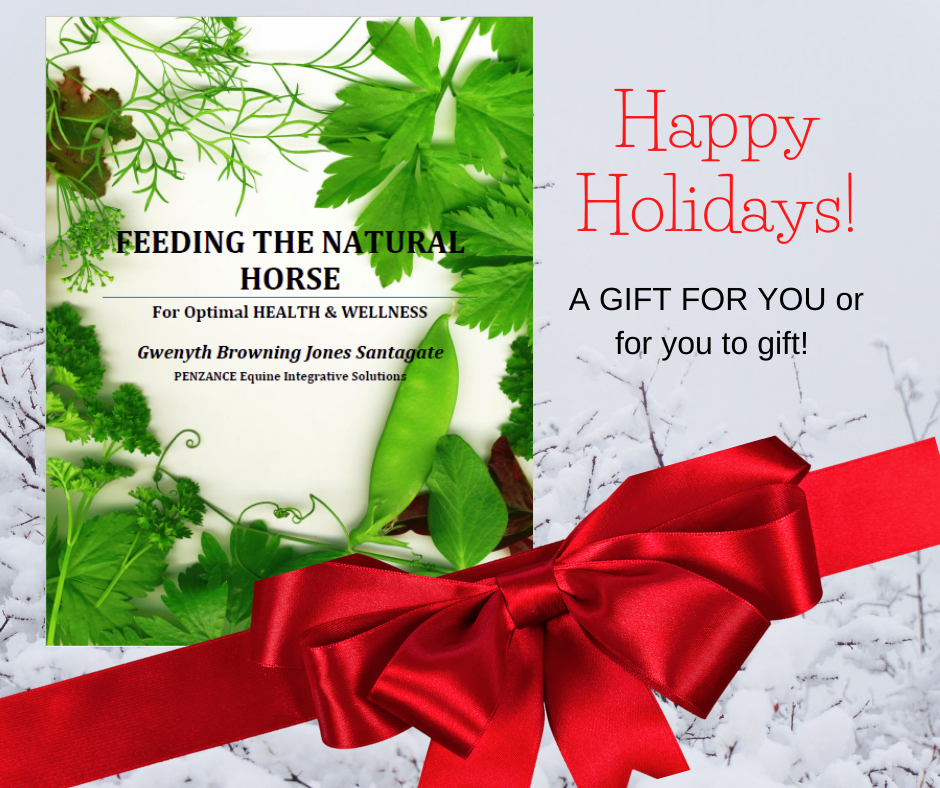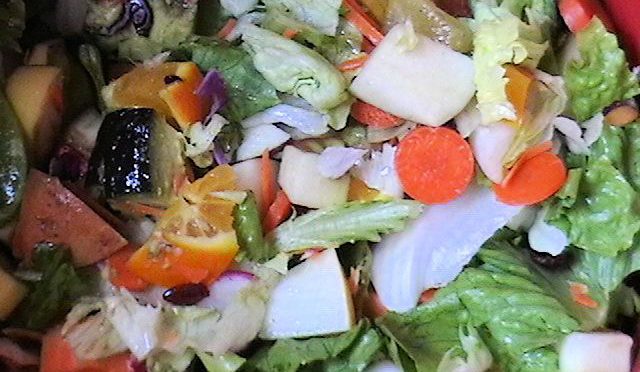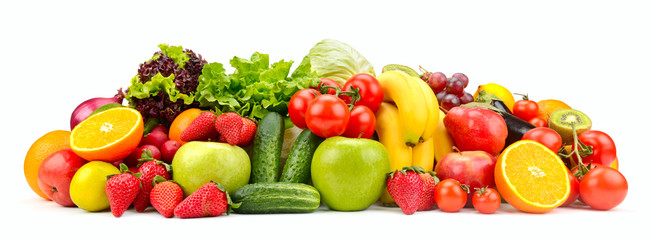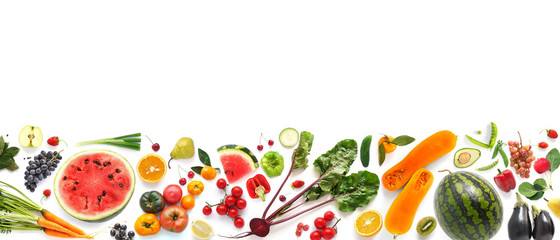
Yvonne Welz, Editor of “The Horses Hoof” has reviewed it and says,
Gwen’s passion for the horse shines through in this beautiful compilation of articles. There is a huge amount of info in here!! Whether you are a beginner to natural hoof care or a seasoned expert, you will appreciate the wealth of tips, advice, and things that make you go “hmmmm”! All articles are written from the “whole horse” perspective – that every single thing we do to the horse affects every other part of the horse. Gwen covers just about every topic related to horse care and hoof trimming you can imagine, with much food for thought, and excellent photos/illustrations. An enjoyable read for everyone on that eternal quest to create more natural lives for our beloved horses!
David Jones, Founder and Owner of HoofArmor LLC has also reviewed it and says,
When I switched from Engineering to Hoof Care 28 years ago, the cutting edge was aluminum horseshoes. The accepted procedure was to balance the hooves, perhaps symmetrically, 50 degrees in the front and 55 in the back, and nail on the proper size horseshoe. There were choices … you could get keg shoes, barrel shoes, rim shoes, gaited horseshoes, with or without pads and that was about it. Over the years I have learned a lot and out of necessity, by trial and error and observations, I found things that could actually help horses, barefoot hoof care being one of them. Now, with this book, you don’t have to go through that. I learned that there is more to hoof care than fixing the hooves, and that there are an enormous amount of factors that we are still learning about. Much of that is in this book and it will give you the head start that I wish I had. Don’t ever stop learning because your horse is depending on you.
And then Nick Hill, owner of V&T Hoof Specialists in Bulgeria …
I would urge anyone who is interested in horses to read Gwenyth’s book, You may or may not agree with everything (like most things written), but it is written over several years from personal experience by a very experienced professional who really cares about horse welfare and is always willing to share knowledge. So go get yourself a short cut to experience!!
I am both humbled and sooooooo excited to be able to offer this amazing compilation of 3 years worth of writing about NATURAL HOOFCARE to YOU now. It’s up online, it’s released to the public and you can get your copy as simply by following instructions below:
FOR THE HOLIDAYS ONLY — Just $47 (reg price $97!) for over 600 pages, in instant downloadable format, of incredible Natural Hoofcare information such as what to do about Thrush to Foundered Hooves, how to correct imbalanced hooves, anatomy of the internal hoof, how the hoof works with the rest of the lower limb and body, how you can improve your horse’s strides with dental work and so much more!
Suited for anyone who has anything to do with horses … from the backyard horse to the performance horse.
DON’T WAIT! DOWNLOAD YOUR COPY TODAY! You can start helping your horse tonight!
VENMO $47 TO @Gwenyth-Santagate
PAYPAL $47 to gwen.santagate@gmail.com
OR, use your QR CODE:






